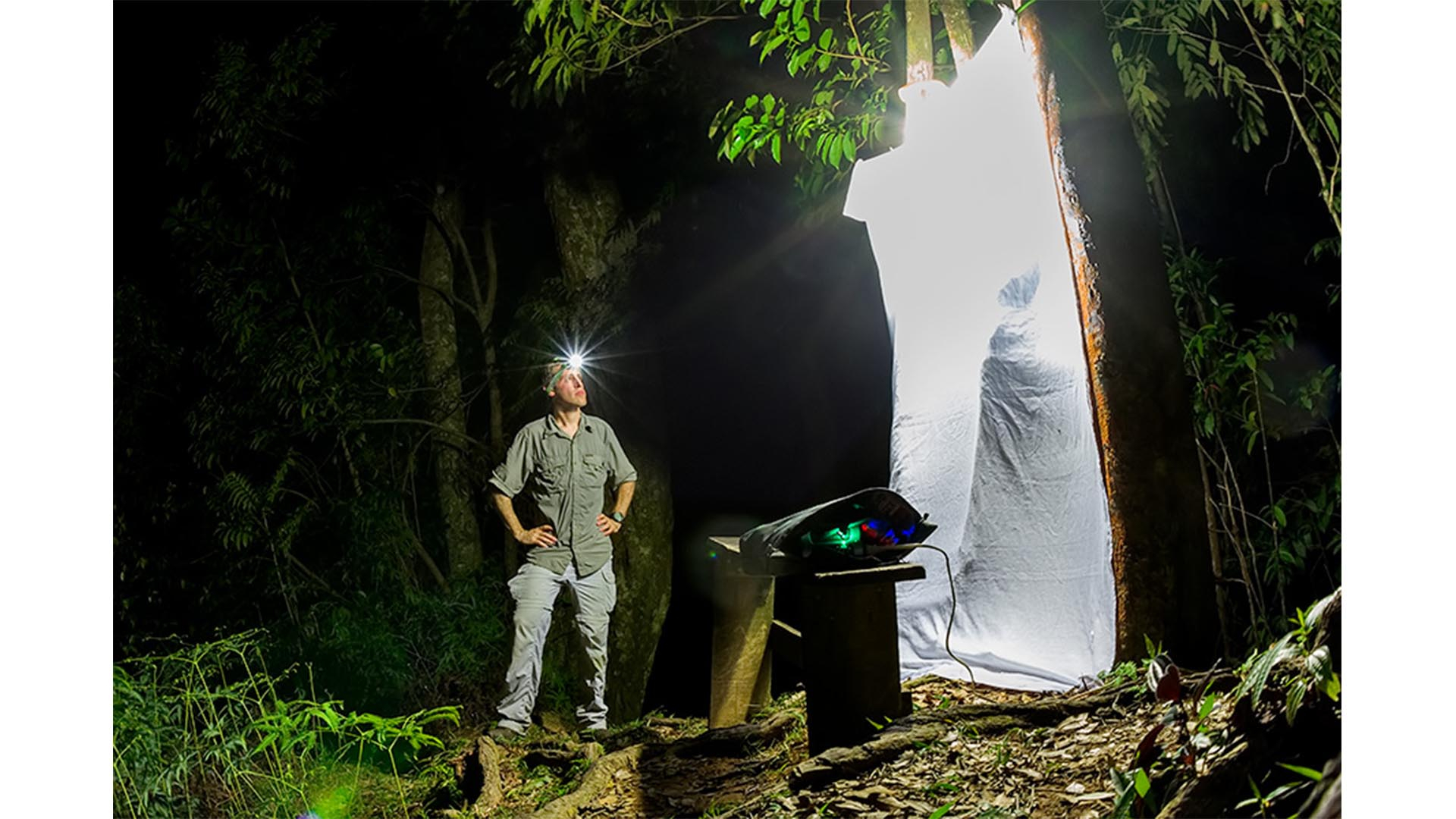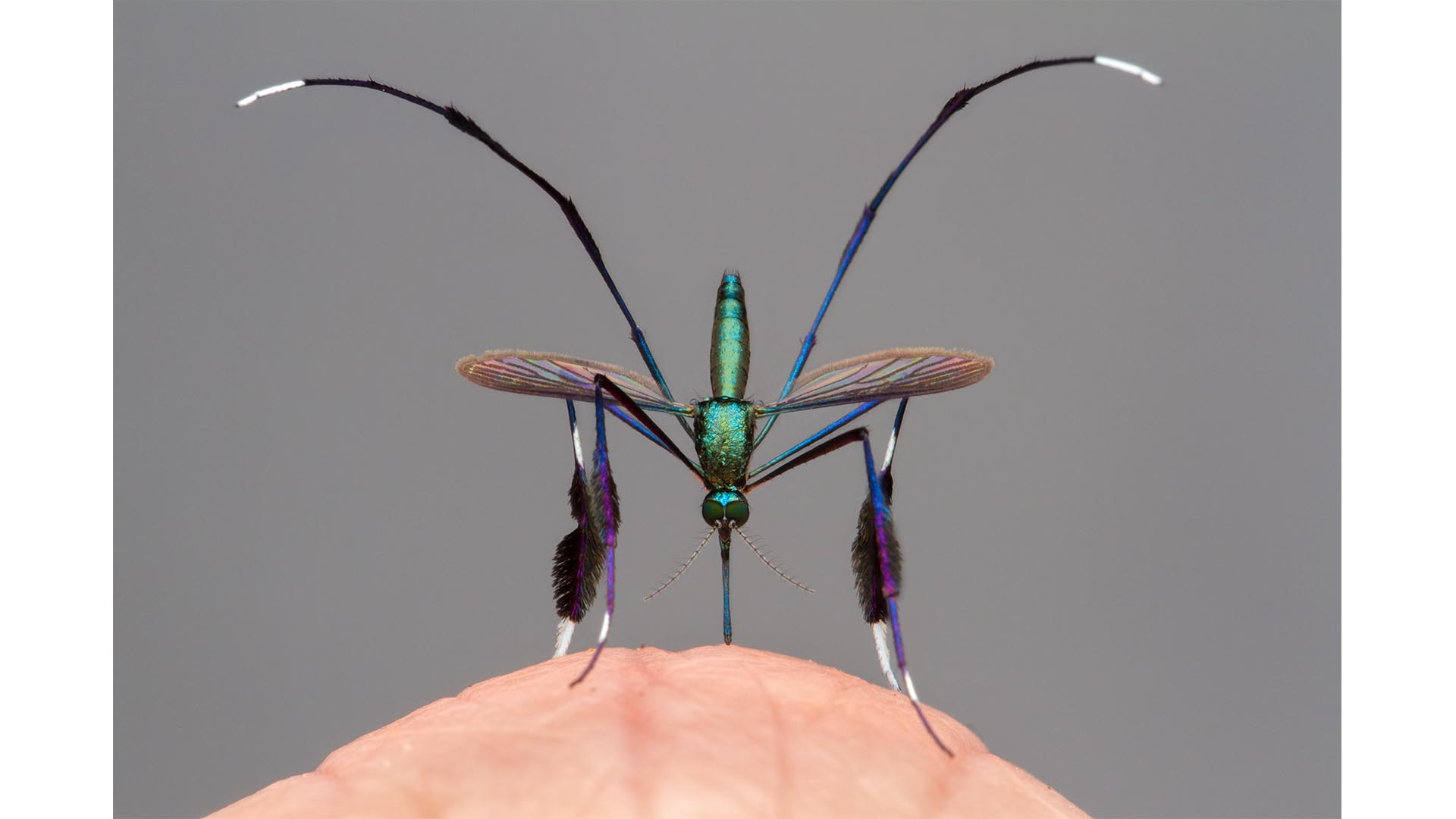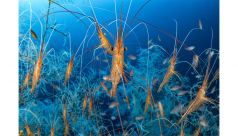From getting bitten by a mosquito carrying parasitic fly eggs to spending long hours alone tracking insects, entomologist and photographer Gil Wizen shares some on his award-winning nature photography, entomologist and photographer Gil Wizen on his award-winning nature photography
Whereas most people run away from insects that sting and bite, Gil Wizen moves slowly and methodically towards them. Since childhood, he has been intrigued by arachnids, beetles, parasites and has consequently devoted his life to these small, voiceless creatures. Through his research and photography, he endeavours to highlight the necessity of these often-overlooked small animals and to remind us that we are surrounded by nature.
“Some people try to create a sterile environment around themselves,” Wizen says. “You know, ‘this is my home, it's just me and everything has to be spotless and clean.’ But that's an illusion. I hate to say it, because some people might respond negatively to it, but the world doesn't work this way. We are not alone.”
Wizen hopes that his images will inspire audiences to pause and reflect upon the interesting features, behaviours, and lifestyles of his subjects. The Sabethes mosquito, for example, enjoys feeding on body parts that stick out such as noses, ears, finger knuckles, and elbows. Wizen’s portrait, Beautiful Bloodsucker, showcases the Sabethes gracefully perched on his knuckle, drawing blood as its ornate body glistens and boasts perfect symmetry.
Wizen is not so delusional as to think that he will make people fall in love with mosquitos. He does, however, hope that his portrait—which took nearly five years to capture—will help people look at mosquitos in a different way. “For me, the important goal was to make people pause before they automatically swat a mosquito” he says, adding “I see them as pretty animals.”
Despite his numerous awards and accolades, Wizen does not view himself as an artist. Instead, the entomologist and photographer views himself as a scientist who uses photography as a communication aid to illustrate the point of view of insects. By his own admission, he began his journey in photography as a “snapper,” taking photographs to simply to document insects, without attention to composition. As Wizen's career in entomology blossomed and he began incorporating photographs into his scientific papers, the photographic specifications for the papers began to give his work more structure and purpose.
Wizen points to a research stay in New Zealand in 2013 as an especially pivotal moment in his personal progression. During this research trip, he spent long hours alone, tracking insects and practicing new photographic techniques. “When you are by yourself, you try new things and it's easier to improve when you have nothing else to do and you have no distractions,” he recalls. “I came back with a completely different style. New Zealand changed everything. I knew that I was definitely going to focus more on composition, the colours, and what story I want to tell.”
Since returning from New Zealand, Wizen’s photographs have evolved to communicate his style. Although he struggles to put his unique approach into words, increasingly, he receives compliments from strangers who say that they can clearly recognize his style among many other photographs. This is quite the accomplishment for a man who has gone to great, and even extreme, lengths to communicate his point of view.
Twice, while travelling Belize, Wizen was bitten by a mosquito carrying the eggs of a parasitic fly. He first learned of this fly while studying entomology in university and had always wondered what it would be like to serve as its host. When the mosquito bit him, inserting the eggs under his skin, Wizen saw an opportunity to document the development of these difficult-to-photograph flies.
“I wanted to see the fly and there's no other way to see the fly. The only way to actually see one is to raise them and eventually I did it. The first time I failed. The second time I was able to give birth to a fly.”
That’s right, he hosted this parasite twice.
Wizen notes that when he tells this story, people say that he’s crazy and that he does not disagree with them. “Yes, that's correct. It is crazy and no sane person would do that other than entomologist. It's a really nasty experience to have something feeding on you for a couple of months. But what can I tell you? I really wanted to see that fly.”
Fuelled by a lifelong curiosity and knowledge that there is no animal in the world that wants to hurt people, Wizen graciously shares this perspective with his audiences. Behind his photographs of small animals lay hidden hours, months and years of labour. In the thick, humid air of the Amazon Basin in Ecuador, he sticks out his knuckle as bait for a handsome mosquito. In the dense thicket of an Ontario forest, he leans against a tree and holds his breath to avoid startling a spider meticulously constructing the silk base for her egg sac. Wildlife photography is not glamorous work but its subjects are glamorous, intelligent, creative, and so much more.



